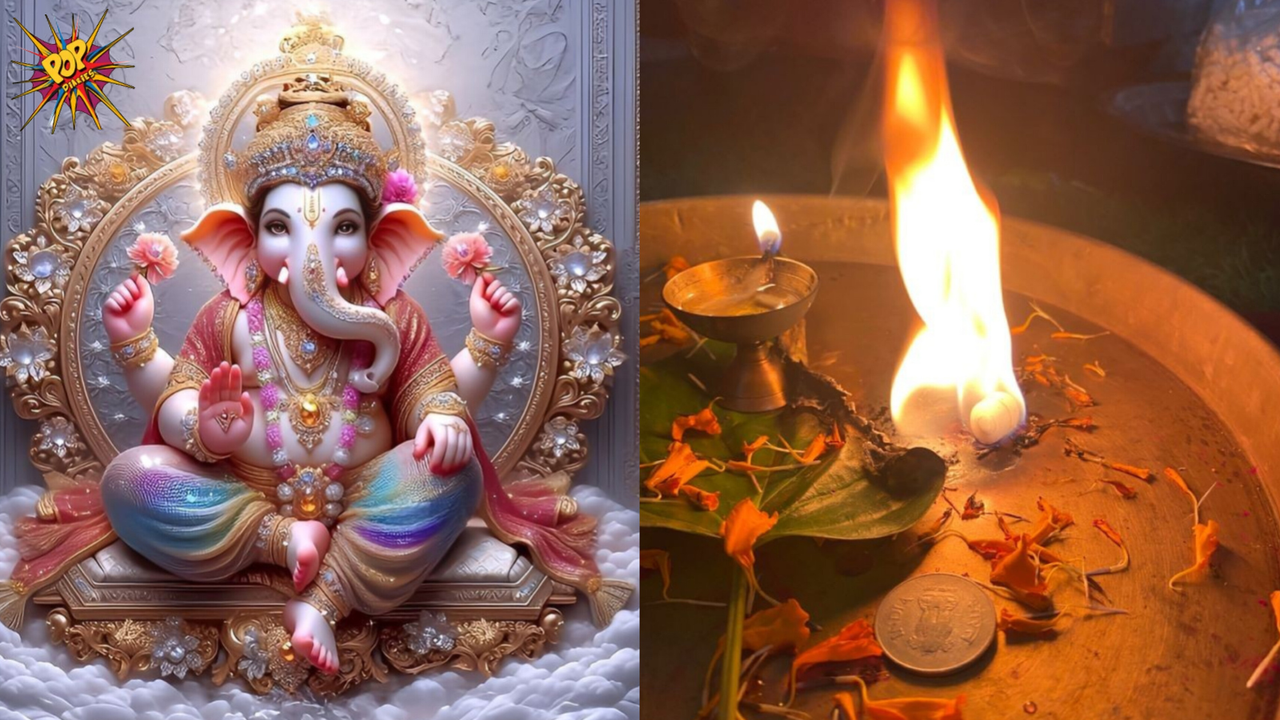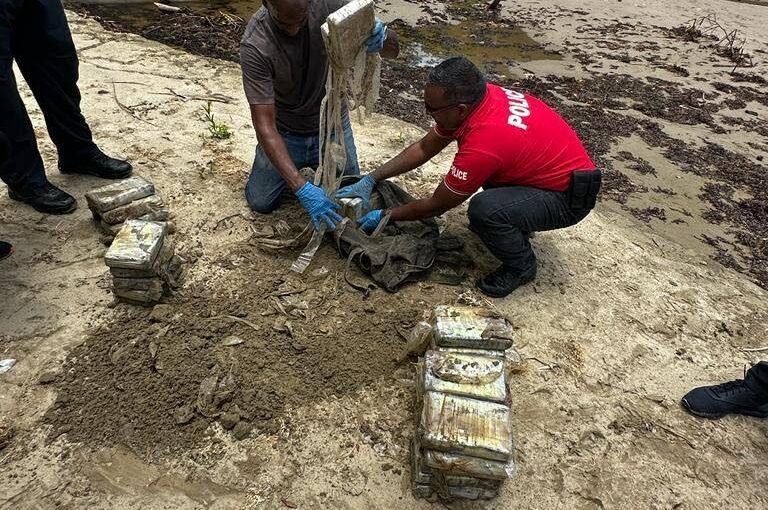The people of Bangladesh, India and Pakistan are divided by politics but united by various forms of music including ghazal and qawwali. The...
Vous n'êtes pas connecté
- English
- Français
- عربي
- Español
- Deutsch
- Português
- русский язык
- Català
- Italiano
- Nederlands, Vlaams
- Norsk
- فارسی
- বাংলা
- اردو
- Azərbaycan dili
- Bahasa Indonesia
- Հայերեն
- Ελληνικά
- Bosanski jezik
- українська мова
- Íslenska
- Türkmen, Түркмен
- Türkçe
- Shqip
- Eesti keel
- magyar
- Қазақ тілі
- Kalaallisut ; kalaallit oqaasii
- Lietuvių kalba
- Latviešu valoda
- македонски јазик
- Монгол
- Bahasa Melayu ; بهاس ملايو
- ဗမာစာ
- Slovenščina
- тоҷикӣ ; toğikī ; تاجیکی
- ไทย
- O'zbek ; Ўзбек ; أۇزبېك
- Tiếng Việt
- ភាសាខ្មែរ
- རྫོང་ཁ
- Soomaaliga ; af Soomaali
Rubriques :
 Maroc - NEWSDAY.CO.TT - A la Une - 17/Jul 04:30
Maroc - NEWSDAY.CO.TT - A la Une - 17/Jul 04:30
Hosay – A uniquely Trinidadian experience
Dr Gabrielle Jamela Hosein Today, Ashura day or the 10th day of the holy month of Muharram, the first month in the Islamic year 1446, the tadjahs created in commemoration for Hosay will be "drowned" in the sea. In Cedros, where I am, mournful elegies will be sung at dusk just before this immersion, lamenting the deaths of Prophet Mohammed’s (peace be upon him) grandsons, Hassan and Hussein, the first by poisoning, the second in battle. Hosay has a long history as a passion play and came to the region from Iran and through India. While there’s much written about this ritual in Trinidad, including on the Muharram massacre or mass murder of participants in the procession of 1884, my current guide is Dr Satnarine Balkaransingh’s forthcoming book, Hosay in the Caribbean: Tadjahs on Wheels (Mobile Mausoleums of Muharram), which brings together decades of research across India, the Caribbean and Trinidad. The book is readable and encyclopaedic in its detail and is a foundational text for anyone interested in Indian indenture, British colonial rule, religion, festivals, protest and creolisation in the Caribbean. It should especially be read by Caribbean Indians and Muslims because it traces so much of our history and provides evidence of how religious practice necessarily evolves even while continuing to make belief meaningful. As scholars have argued, and as Dr Balkaransingh’s book exemplifies, how Hosay is practised here is distinctly Trinidadian. Hindus were part of what became a community cultural practice in India and it continues to be this way, despite a colonial history of legislation and policing of this ritual which sought to divide the colony by sect, religion and race. The book also describes how local traditional practices developed over nearly 200 years are also different from those in Guyana where it is called Tadjah, in Suriname where it is known as Tazia (Ta-z-ia) or Tajiyah, in Jamaica where it is "Hussy, Hasay or Husse" (and pronounced Ossai), and Belize where it became Who-seh-meh-seh. Our naming also reflects the processional chants of grief, Hussein! Hussein! There’s something fascinating and educational about each part of the book. It begins with tracing the life of Prophet Mohammed (pbuh) and the death of his grandsons to the beginnings of public rituals of mourning in Persia and then across the Middle East, Africa, Indonesia and India. This history is important for understanding how public street mourning came to the Caribbean, for example through Lucknow, which is in the state of Uttar Pradesh, and from the Coromandal area near Hyderabad in Andhra Pradesh, from where many Indian indentured workers migrated. In India, Muharram became a vehicle for defying the oppression of British rule, suggesting that both Hindus and Muslims from areas where the ritual was practised came with this consciousness. This is just one of many reasons why Africans in the colony took part and were accepted in large numbers, for example, helping to build and carry the tadjahs which symbolised the mausoleums of Hassan and Hussein, engaging in gatka-fighting, which represented the battle at Karbala where Hussein was killed, and drumming. Colonists and French Creoles feared that they would be led away from Christianity and toward greater unity with Indians. Such politics of divide and repress, and the necessity for defence of cultural self-expression, are explored in many pages dedicated to the massacre in San Fernando on October 30, 1884, and its legacy today. The second part of the book reviews commemorations across the region, showing how much Muharram rituals became syncretised and observing which practices have declined. Historically, mourners in one country or another might perform aarti, light incense, dance and drink alcohol, in addition to girl children performing Jharra/jharoo or cocoyea-broom dancing to imitate sweeping of the street for tadjahs to pass and men engaging in banaithe dancing with long staves aflame on both ends. These are no longer. Moving to the contemporary, there are rich first-hand descriptions of walking through the grief-stricken procession in India. In this immensely valuable contribution to Caribbean knowledge, Dr Balkaransingh also provides original research on the instruments played, the sequence of rituals, families and individuals involved, shifts in design of both tadjahs and moons, meals served, attire worn, routes taken, materials used, songs sung, tassa hands (sequences) played, costs and subventions, and each day’s activities in sites across the country as well as in St James, and, of course, Cedros where I am today waiting for a marsiya or mournful dirge to be sung before the “tombs topple into the bay.” (Diary of a Mothering Worker: Entry 535) The post Hosay – A uniquely Trinidadian experience appeared first on Trinidad and Tobago Newsday.
Articles similaires
Ghazal And The Vibe Of Politics In Bangladesh – OpEd
The people of Bangladesh, India and Pakistan are divided by politics but united by various forms of music including ghazal and qawwali. The...
Ultimate Guide to Ganesh Chaturthi: Muhurat, Checklist, and Puja details
Ganesh Chaturthi is a vibrant and joyous Hindu festival dedicated to Lord Ganesha, the elephant-headed deity known for wisdom, prosperity, and the...
Ultimate Guide to Ganesh Chaturthi: Muhurat, Checklist, and Puja details
Ganesh Chaturthi is a vibrant and joyous Hindu festival dedicated to Lord Ganesha, the elephant-headed deity known for wisdom, prosperity, and the...
The Power of Rituals: Small Daily Habits That Transform Your Health
In our fast-paced lives, it's often the small, consistent actions we take each day that have the most profound impact on our well-being. Rituals, or...
UN report: Venezuelan gangs muscling in on Trinidad and Tobago crime
VENEZUELAN criminal gangs are participating in serious crime in Trinidad and Tobago, both in competition and collaboration with local gangs, said a...
What’s in store for Store Bay?
THE question on everyone’s lips is what’s in store for one of the most beautiful beaches in Tobago. The Tobago House of Assembly intends to turn...
Where Do UN Diplomats Hide During Politically-Sensitive Voting? – OpEd
The United Nations, created in 1945 following the devastation caused by World War II, was mandated with one central mission: the maintenance of...
‘For Us Is Our Religion And For You Is Your Religion’ (Qur’an 109:6) – OpEd
How can believers in one religion understand those parts of another religion that seem the opposite of their own religion? We know how Christian...
Laravel Receives Funding Injection Totaling $57 Million – Laravel Cloud Is Coming
Laravel is one of the PHP frameworks that are offered as open source and for free in developing various web applications. It is widely used worldwide...
Les derniers communiqués
-
Aucun élément





